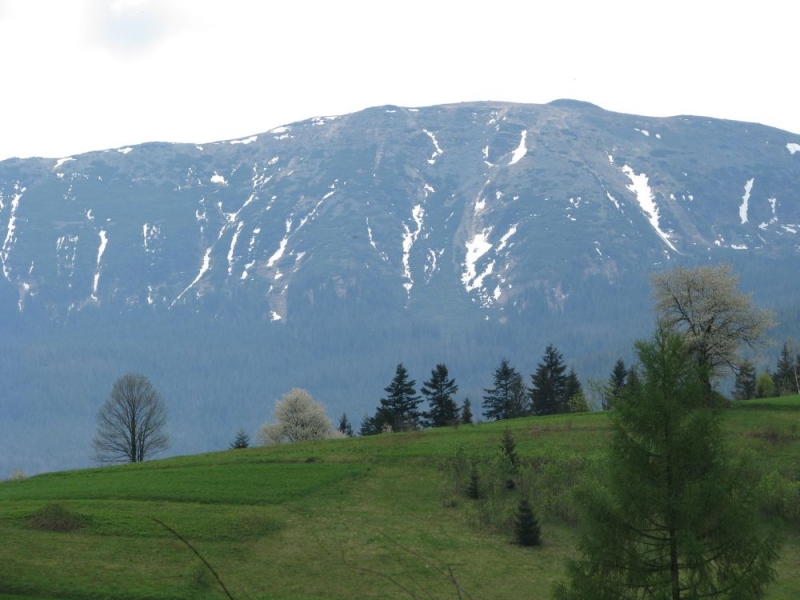It is essence, there are no evidence for Free Dacians, especially Carpi, how they came to Albania, but some things can be reconstructed and Romanian scientists can refer to reliable sources.
One of key issues is whether Carpi were Dacians? There are reasons for and against this assumption. Generally if Free Dacians were Dacians by ethnicity or they were different tribes which lived in regions close Dacians. According scientists Free Dacians could be different tribes by ethnicity, Scytho-Samartian, Celtic, Slavic, Thracian, Albanian etc.
For Carpi we now know name is linked with Carpathian mountains and Albanian word
karpë, we can see in encyclopedia:
http://enc.slider.com/Enc/Carpi
Their name (Carpi) seems to be connected to the
place where they lived, meaning "rock" or "mountain" (cf. Albanian karpë='rock', from PIE *ker/sker).
Thus the
name of the Carpathian mountains is probably either
derived from their name, or their name is derived from the name of the mountains.
...
Their fate is not known, but it has been suggested that they eventually migrated southward and that they could be the ancestors of Albanians.
...
In Romania and surrounding countries there are many Albanian toponyms, we will give here several:
Carpathian mountains (Romania, Ukraine, Poland, Slovakia)
Albanian
karpë = rock (Eng.), stâncă (Rom.)
Beskidy (series of mountain ranges in Carpathians, Ukraine, Poland, Slovakia)
Albanian
bjeshkë = mountain, mountain pasture (Eng.)
Lăpuşna commune in Moldavia,
Lăpuşnic village in Romania (Transilvania)
Albanian
Llapushnik, village in Kosovo
More toponyms in Romania with word
Gura (for example Gura Humuroli)
Albanian
gur = stone (Eng.), piatră (Rom.)
Even
Bukuresht, capital of Romania
Albanian
bukurisht = beauties (Eng.), frumuseti (Romanian)
...
Even Albanian linguist Cabej admited that there are Albanian toponyms in Romania and surrounding.


